-
Posts
4,268 -
Joined
-
Last visited
-
Days Won
100
Content Type
Profiles
Forums
Resource Library
Events
Gallery
Blogs
Store
Community Map
Posts posted by Mayner
-
-
Good one John, I must admit I like the yellow and green livery of the MKT, I'm not sure where UP got the red from, but it really looks good to me.
QUOTE]
http://www.katyrailroad.org/images/mktdsl55a.jpg
Katy 1st Generation diesels appear to have been painted red The Green and Yellow seems to date from the Barringer era, when he tried to modernise and revive railroads like the MKT & Rock Island.
The first generation Katy diesels included some odd reebuilds of Alco FA and RS units with EMD power units, some of the road switchers looked like a cross between an RS3 & a GP7.
Hopefully the BNSF & CSX will revive some of their classic schemes.
John
-
I love it Lone Star an alll my baby caught the Katy (Missouri Kansas Texas) and left me a mule to ride

-
Fair play to Garreth its amazing what can be achieved with some plasticard and determination.
ideal for pottering around the North Wall any chance of a second run
 ?
?John
-
I am not sure if Parsons had a foundry they seem to have been more general engineers and structural steel fabricators. The plant was on the up side of the line and behind the platform at Howth Station, the short siding may have been the remains of the Hill of Howth Tramway.
I dont know if it still exists but the plant was later used by Techcrete for producing pre-cast concrete panels.
Apparently the main traffic ws scrap steel an E Class would run as required to Howth also serving the sidings at Sutton I vaguely remember seeing a corrugated wagon loaded with scrap steel in the siding on my first visit to Howth in the early 70s.
John
-
-
David Parks, now that's a blast from the past, I remember meeting him at the GSRPS up in Mallow station round about '84-'85.
The Boat Train Route, the GSRPS, David Parks and Soldering Iron erosion now thats what I call a thread

During the 1980s Johnie Walker? of the Wexford Club captured the atmosphere of the route to in a layout during the 1980s, and count myself lucky to have travelled to Kilmacthomas and Ballinacourthy on RPSI specials.
The GSRPS never really had a chance, I met David several times at Dromad excellent company a goodd juddge of porter and whiskey, its a pity the way things turned out both at Mallow and Dromad he had great vision but little chance of success in ireland.
Now soldering Iron Coated tips are your only man, I have several Antex tips good as new after 10 years use.
John
-
Is this - http://www.kemilway.com/peter-k.html - anything to do with it..?
Ks produced mainly complete loco & wagon kits from the late 1950s onwards. Wills now South East Finecast & GEM mainly produced whitemetal body kits to fit on Hornby Dublo and Triang Chassis.
Peter K produced a range of "unusul' etched brass kits in the 1980s.
Apart from the Wills or DJH Woolwich its probably easier to try and modify a rtr model or start from scratch than build an Irish loco out of these kits, but its worth checking out RM Web for opinion on these kits, Ks seem to have been pretty notorious, while Wills quite highly regarded.
John
-
Peco Setrack system http://www.anyrail.com/system-specific4/h0_peco-setrack/h0_peco-setrack_en.html would be a good option before moving to flexible track. The Setrack is fully compatible with Streamline and points andd crossings are pretty good.
if you are running large locos and passenger coaches its probably best to go for larger radius curves for both appearence and smooth running than those supplied with the set.
John
-
A MGWR Sligo Road station either one of the larger like Mostrim or the simpller style like Collonney, would be a no brainer as there are buildings to the same general design on the Wexfor Line and at Nenagh.
I have experimented with fold up etched brass window surrounds for use with Wills Material sheets. Cutting out the door or window opening is less critical as the surround can be folded to form the window or door reveal.
I had started out using Wills Sheets, but I am looking at an alternative for larger buildings like factories, warehouses and blocks of flats tenement houses for an inner city scene.
How does the actual cost of printing compare with using embossed card or plasticard?
John
-
Unlikely if it needs custom tooling. The size of the market makes it prohibitively expensive.
Following much the same concept as the re-painted Bachmann Class 158s the Silver Fox Cravens in CIE colours are probably the nearest you will get to an affordable AEC Railcar Set.
While Dave seems to be leading the way with batch building 2600s and De Detrich stock, its hard to know if there is the same level of demand for older stock.
I built a pair of AEC cars several years ago using Worsley Works parts not for the faint hearted, the total cost of materials alone was over £100, as a minimum tooling would have to be produced for the roof, cab ends, engine castings and bogies.
John
-
I'd doubt the engine sound on the A class would differ much between 25mph and 60/70mph, as it depends on throttle position and load, rather than speed. Same story with the 071... they can be seen at low speeds, with full throttle and turbo screaming.
I have been messing around fitting HO & O Gauge sound decoders to Large Scale locos, with diesels sound volume and current consumption seems to peak around 25% throttle position and then eases off in a similar manner to a real loco.
Enniscorthy Man that level crossing gate/boom really looks the part distinctly Irish.
John
-
3T seems to be one of a batch produced by John Campbell a professional model builder who also produces wagon and coach kits. His work is sometimes featured in New Irish Lines and on U Tube.
Neil Ramsey and several others also seems to have one or two!
John
-
I always had a fascination with loading trains and have tried to build working storage bins in 4mm and G Scale.
Its important to make the hopper door in the form of a flap or grab arrangement as a sliding door quickly binds as the material being loaded is ground to dust.
Storage Bin
This one is based on a bin at a South Island Coal Mine, in Ireland there were similar bins for loading railway ballast at Goraghwood, Knockcrockery and Lisduff
Original Tinplate Hopper Door
The original doors were too small for the size of pebbles in the bin and the plumbers flux used was pretty corrosive.
The new door was fabricated from a sheet of KS Brass
The upper section attached to the base of the bin, the fold lines are marked/scribed with a scriber and folded up from one piece of brass in a vice. The single seam soldered with ressin cored solder helped out with Phosphoric Flux (rust proofer)
The sides of the hopper door are cut out with a tin snips from two pieces of brss sandwitched together, in this case I simply folded a piece of brass bck on itself.
The bottom part was formed around a bicycle pump the sides then soldered in position. I first pinned one of the sides to a piece of MDF and the bottom to a block of wood, clamped both in position then soldered the joint, then repeated the process to complete.
Before soldering the pivot/operating lever in position I checked that it would actually work by filling the bin and loading a few wagons.
I manged to solder the pivot rod to the sides without binding the whole assembly solid.

I have a HO Walthers Glacier Gravel kit stashed away so I may end up building an Irish 4mm version.
John
-
To me the most striking thing is the well maintained look of the locos stock and infrastructure in the late 1960s early 1970s compared with the more recent photos.
Maybe its something to do with the relatively new rolling stock the Bo Bos were practically new, most of the coaching and wagons stock has less than 20 years service.
Maybe the clean carriages, well maintined track and station gardens was more to do with staffing levels than anything else, expensive the sort of jobs that disappeared with mechanised track maintenance and the rationalisation of freight operation.
The re-railing of the Burma Road where 60' rails were taken out and replaced with shorter worn rail lengths is doubly ironic fitting in with the stories of lines being re-laid prior to closure and the temporary closure of the line North of Ennis 20 years later when track panels were used from the WRC were swapped with worn panels from elsewhere to keep the Ballina Branch and other lines open.
JHB
You mentioned the Loughrea Branch in its final days and the G Class. I understand that at one time CIE tried to use double headed Gs on a goods train rather than mixed train operation.
There has been some discussion on another forum whether with One Engine in Steam or Manual Staff working whether you could have a loco in a yard at the end of the single line section while the section was occupied.
Loughrea was worked under Manual Staff opertion in its final years, there was a piece in one of the old IRRS journals that when double heading one engine apparently G611or 617 was usually stabled in the goods shed when the Passenger was operating.
After arriving with the Passenger the Branch loco would then couple on to the engine in the shed and depart double headed with the goods to Attymon.
Do you know whether this was carried out with the Manual Staff or did they have to revert to ETS? The only reason I could see to using ETS was if you needed to run trains consecutively through the section. Once the second loco was in the loop or yard at Loughrea the single line would have been clear for one train operation.
John
-
Or what about a preservation livery maybe? I don't know if they would of had coaches of that vintage in preservation liveries in the 80's?
I would say run them as they are in the 1930s the GSR & GSRPS tried Chocolate and Cream maybe the FRHRC imported rake of ex-GWR Super Saloons to spruce up the Rosslare Boat Train
 .
.John
-
Patrick thats a brilliant article explains a lot about the Sharks.
What an amazing story the D&H only had them for about 4 years having got them in 1974 from a scrap dealer in exchnge for some box cars, The ELSR basically siezed them from Castonite iin leiu of storage fees!
Warbonnet.
I could not resist a pair of Kato FA1s
John
-
Amazing looks the way to go for large buildings.
I wonder if laser or some other form of computerised cutting possible for cutting out the windows or engraving detail?
John
-
Its well worth checking out Neill's other videos
Although mainly narrow gauge the broad gauge side of things seems to be getting bigger with SLNCR & GNR railcrs nd rail busses.John
-
I notice from the 071 pre-production pics the they have included the blanking plate under the side window, presumably installed after the removal of the staff collector. A feature not present on the MM 141/181 models (post staff collector era). Small details like this lead me to believe that Paddy is building on the experience and even further improving on the quality of his previous models.
The 071s & the NIR 11s were originally fitted with mounting/blanking plates for snatchers but I am not sure if the snatchers were actually fitted.
When the 071s were introduced they were rostered mainly to long distance main line passenger operation out of Heuston, occasionally showing up on the Enterprise and Connolly Rosslare passenger trains.
At the time snatcher opertion was mainly limited to non-stop trains on the Clonsilla & Mullingar section but the operation was discontinued in the early 1980s with the re-opening of Maynooth and the closure of a number of Block Posts.
When originally introduced the 071s seem to have painted in a darker richer shade of orange to that used by CIE and for severl years were banned from freight trains due to driver/union concerns with braking and traction.
John
-
Excellent, John! Don't the D&H still have a Baldwin shark hidden away in one of their workshops?
I also have a US-outline interchange yard layout in the pipline - a modified version of a plan I got from 'Shortliner' on RMWeb. Mine will be a Union Pacific/Southern Pacific facility set in the California during the 1960s-'70s.
The Sharks went to the Escanba & Lake Superior in Upper Michigan. There is speculation whether the Sharks still exist, its alleged that
its alleged that the owner has kept them hidden away for over 20 years after a bad experience with Railfans.
ELSR have/had a fleet of Baldwin Switchers and Road Locos http://www.railroadmichigan.com/mign1216s1.jpg
John
-
Besides dabbling indoors in Irish Modelling on the Broad and Narrow Gauges and a G Scale American Narrow Gauge layout, I also had a fair interest in American N Scale.
I dusted off a pair of modules based on the One Trak concept that I started in Dublin in the late 90s basically to see if they are worth re-using.
Snowbirds and U Boats
A pair of Atlas LV Snowbirds approaching the yard. In the background a D&H SD45 leads a consist of Kato U30s & SD45s
Across the bridge mixed D&H power wait on the yard lead and loco servicing tracks.
The original modules used to live on a shelf above the workbench which could be operated as a switching layout and were later incorporated into an attic layout.
Grain Elevator and Yard Throat Module
The modules are based on the idea of two railroads entering a shared yard.
The Downtown Module
Walthers and DPM warehousing in the background.
The model is based on elements from Binghampton, New York where the DLWR and Erie had parrallel lines through the city centre.
Sharks and U Boats
I could not resist this probably the best and the worst real and model! Atlas U23Bs and E-R Models (Bachmann) Sharks.
John
-
Bit of a Mixed Bag. Recently I have been catching up trying to finish a number of half started loco and rolling stock projects. To complicate matters a little in three different gauges and scales:).
About five years ago I decided to sample some of the locally manufactured kits of NZR locos and stock.
Model Locomotive Company 9mm Scale NZR F & S Scale NZR open wagons Runs on O Gauge track the kit is a mixture of whitemetal and brass stampings and a hell of a lot of lost wax castings. Most of the assembly work is complete just a uestion of adding the details.
The wagons are a mixture of whitemetal, resin and plasticard parts.
Whistle and Safety Valves
Westinghouse Pump, Headlamp and Turbo Generator blutacked in place
Because of the size most of these sub-assemblies will be pre-painted and pinned in place.
A bit closer to home TMD (SSM) MGWR E Class GSR/CIE J26
The main sub assemblies ready to go! The first etch brass Irish loco kit designed 1981 & the first brass kit I attempted which is still going strong.
Georgian Windows and Doors!
I am planning to use thses in a terrace of low relief houses on my Liffey Branch test track.
John
-
 1
1
-
-
Got the book in O'Mahony's bookstore in Limerick two week ago. It is an absolute joy. Great colour photos that capture the heyday of diesel in that glorious period of the early to mid 70's (never thought I'd junxapoint 70's with glorious, but hey, that's nostalgia for you).
The site of cattle being unloaded at Ennis station in 1972 (Page 20) really makes the point that the past is another country.
Weshty you forgot to mention the best part was that the cattle were being loaded at the Down Passenger platform, a real bull in a china shop image with flower baskets, potted palms, the farmer looking on dressed in his 70s best brown suit.
There is/was a video from the same era of the Sligo-Limerick Goods shunting at Kiltimagh a B141 with a Lomac & a JCB setting back into the yard to pick up some vans, the shunter another 70s fashion victim wearing a suit with elephant flared pants and platform shoes. I wonder how long he survived.
John
-
I dont know or want to know about the background, but the new Newsgroup is a bit like the old Rio Grande Railroad when the occupants of Animas City all upped sticks overnight and moved to Durango:rolleyes:
.png.c363cdf5c3fb7955cd92a55eb6dbbae0.png)


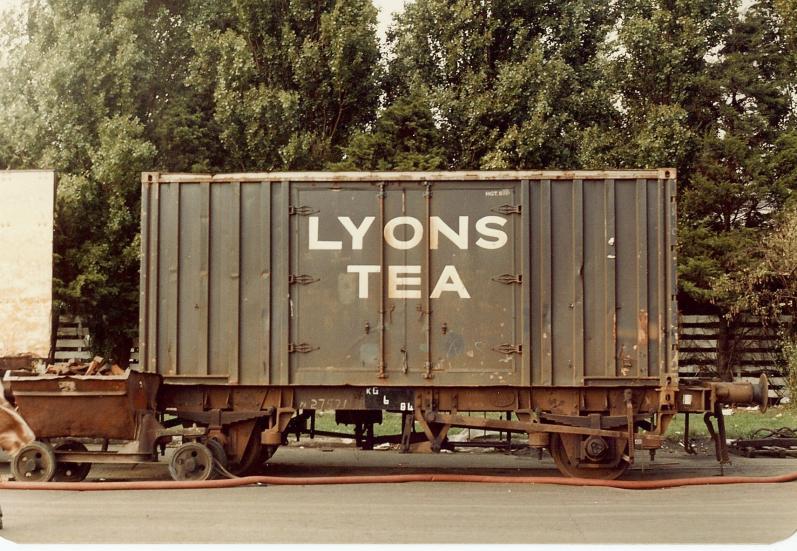

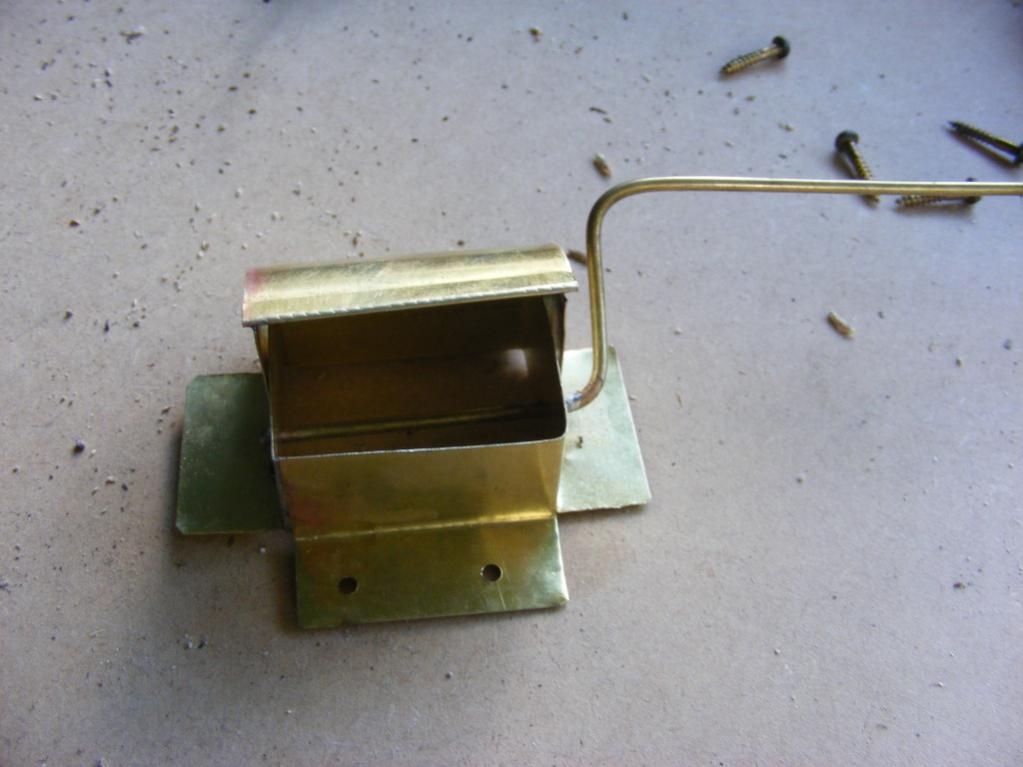
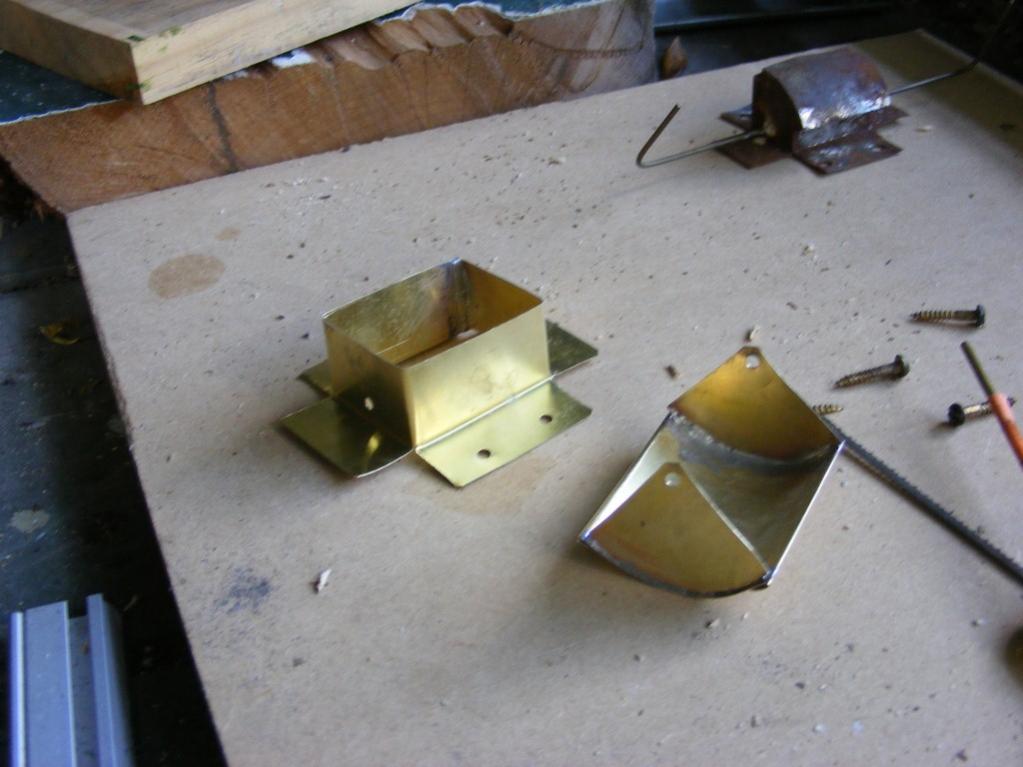



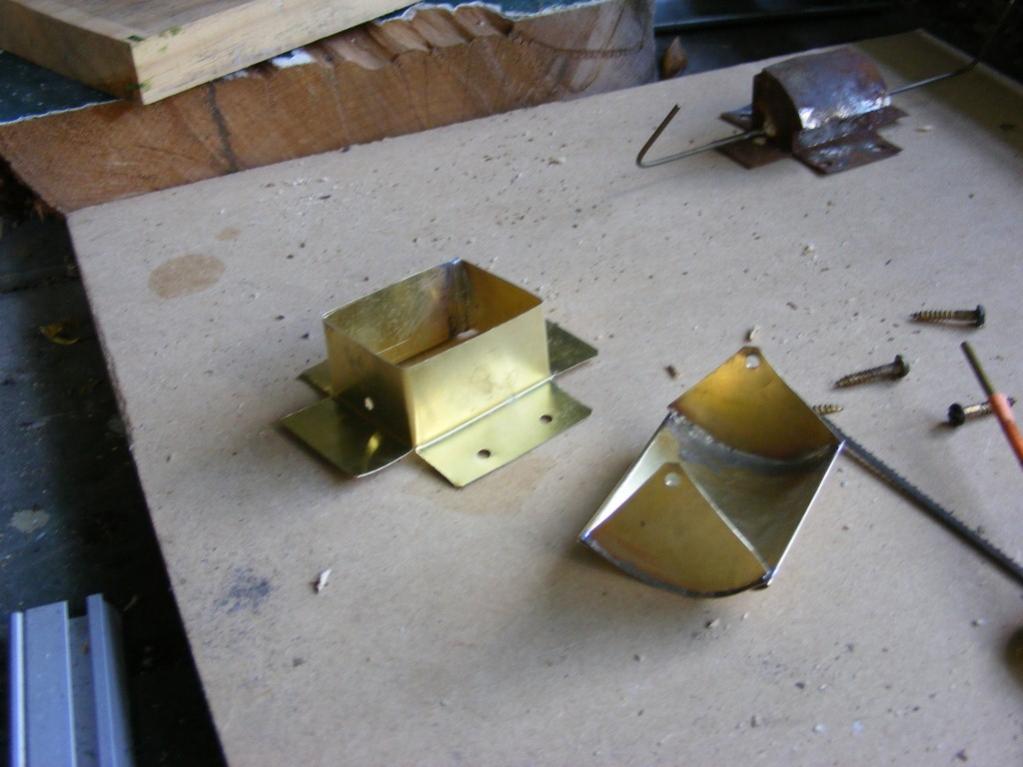
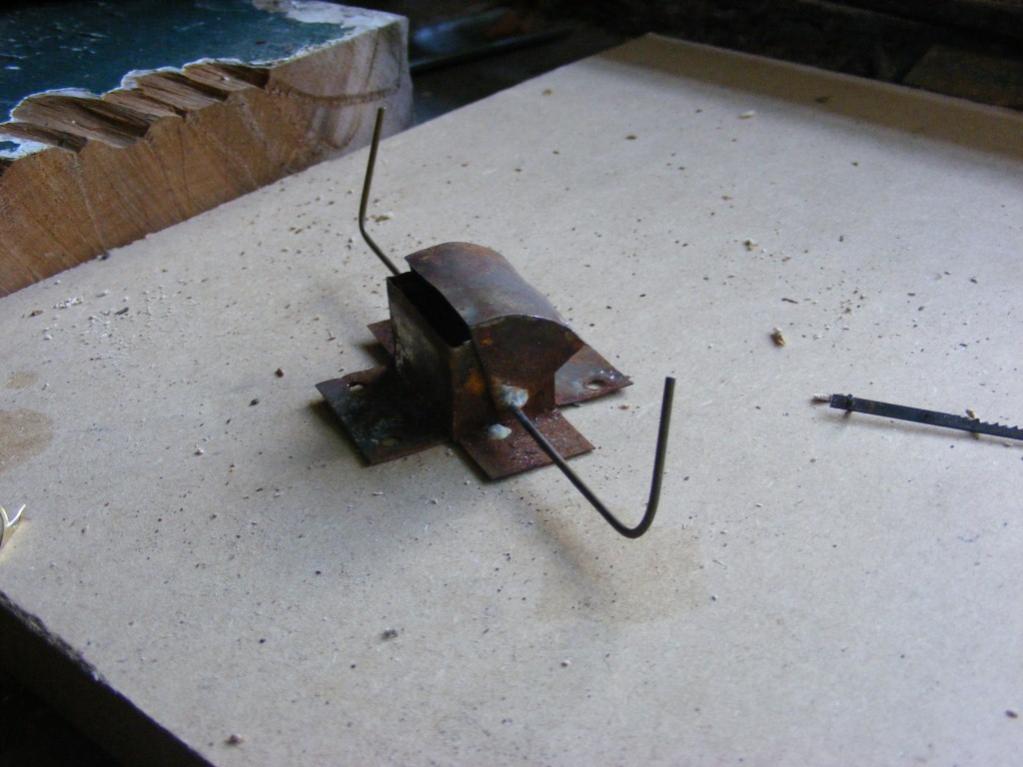

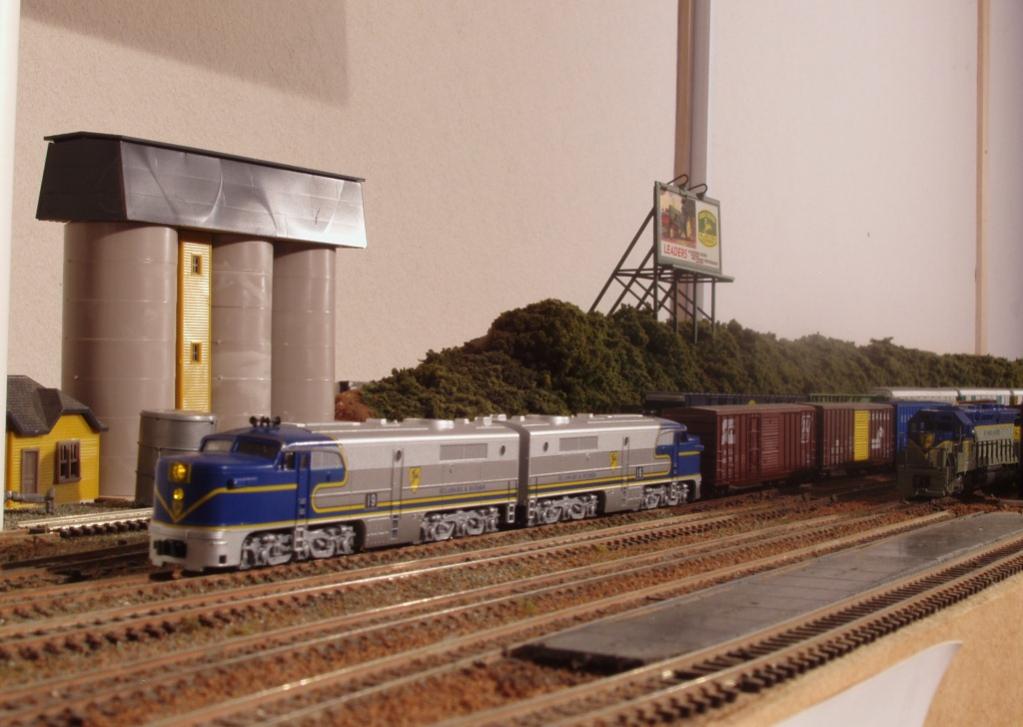
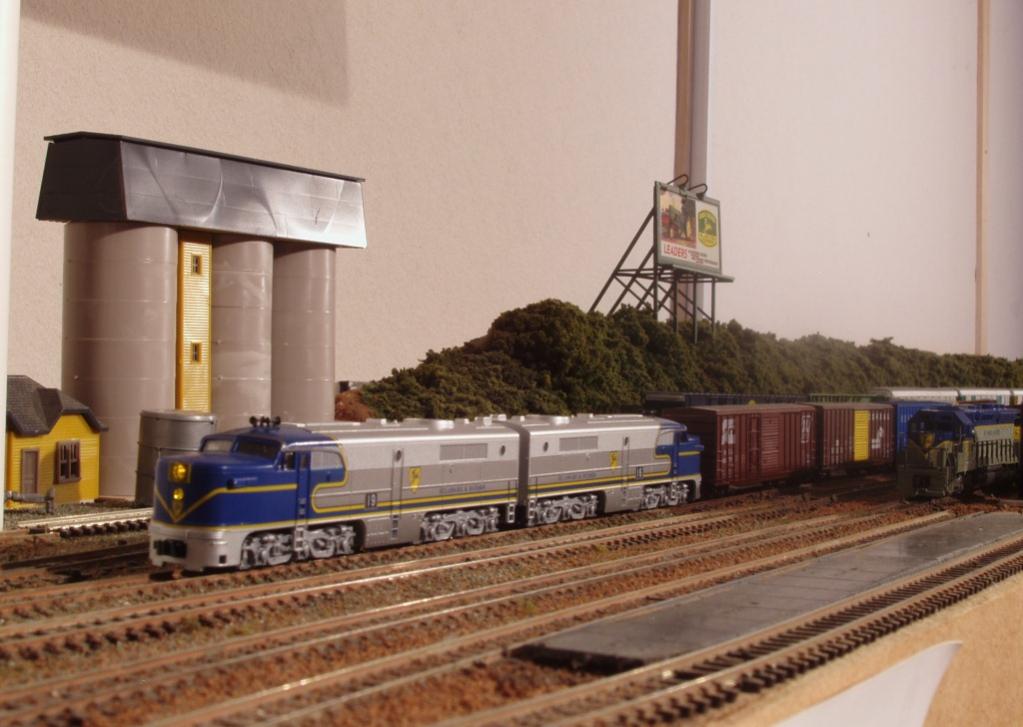
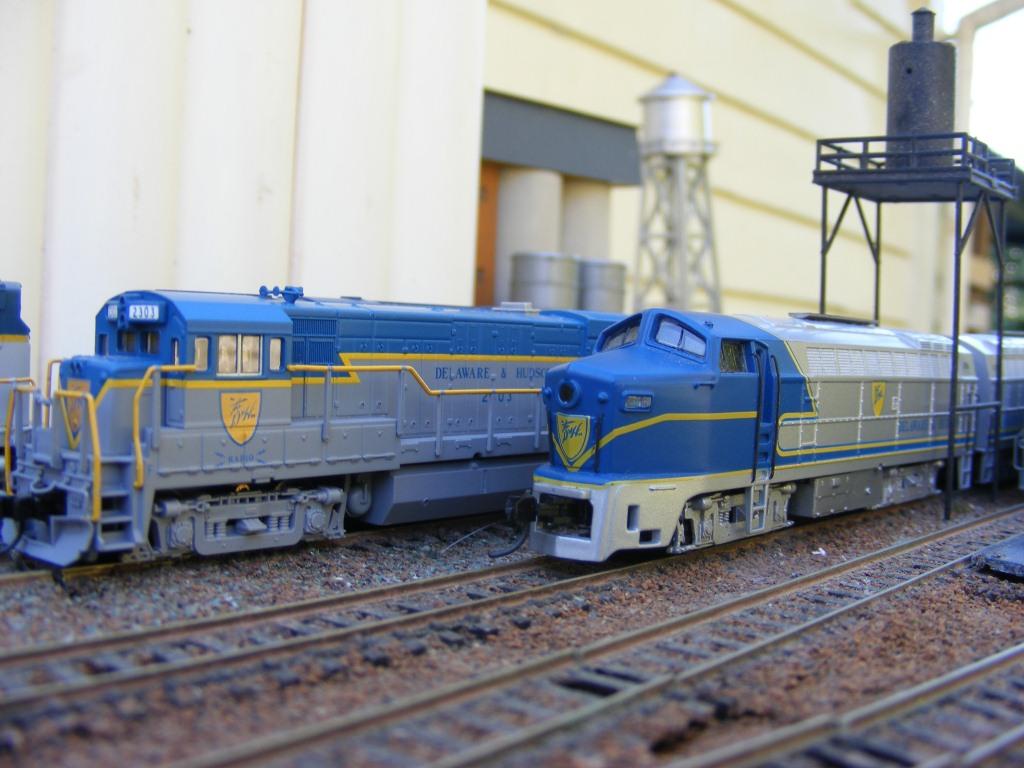
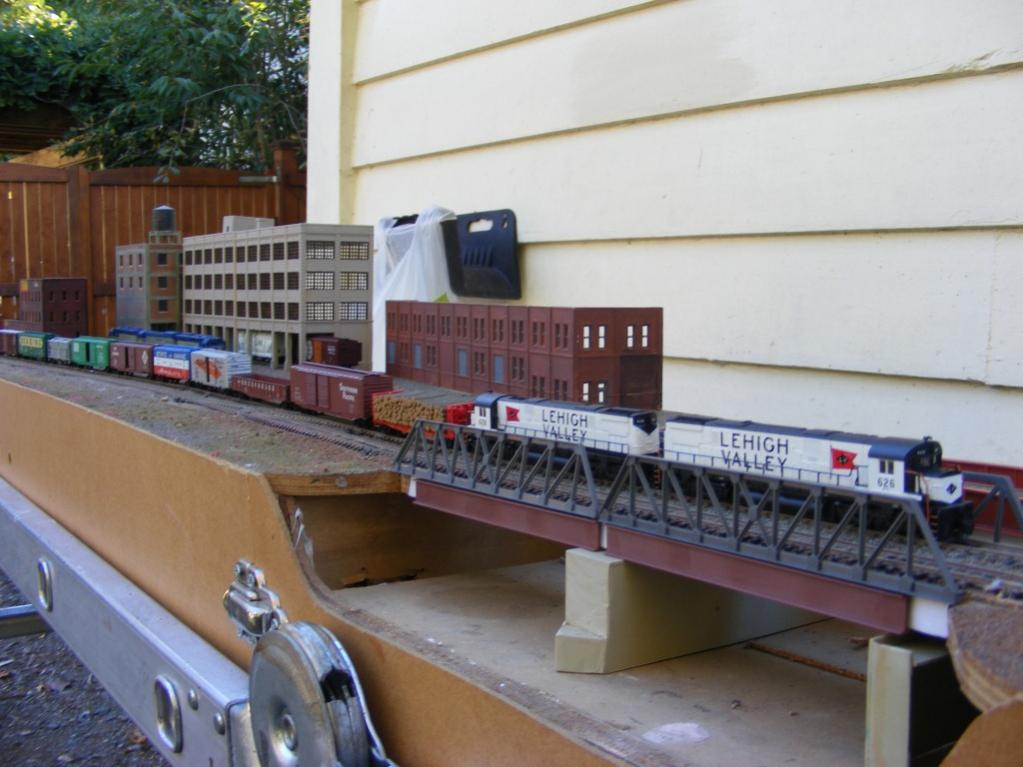

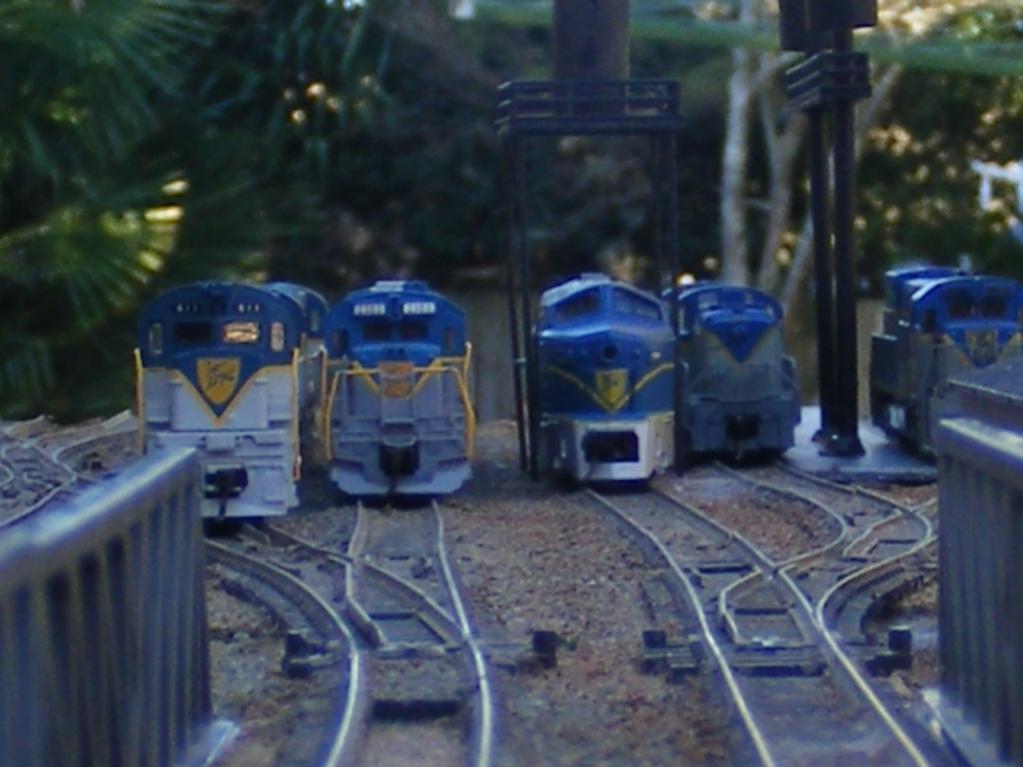
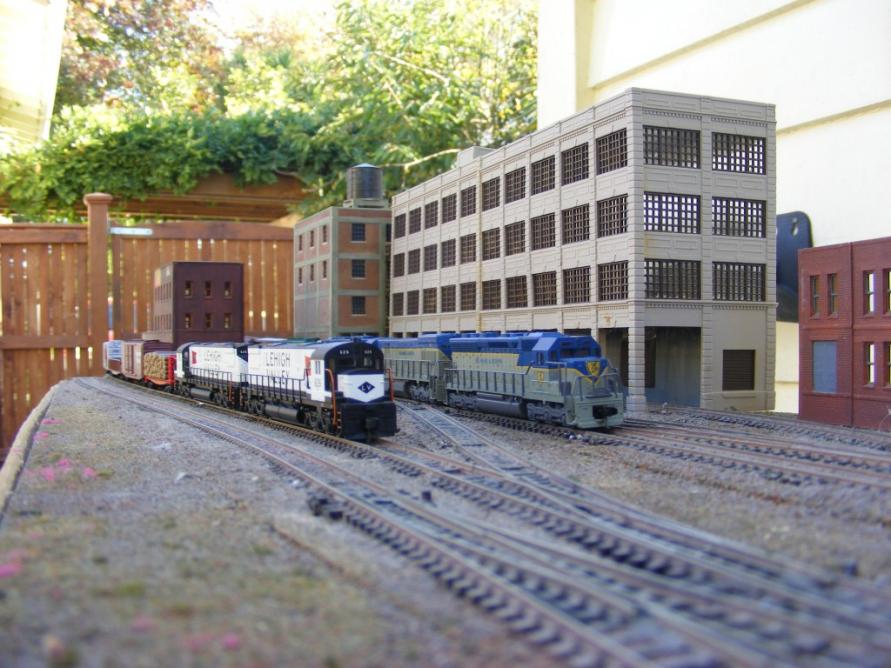
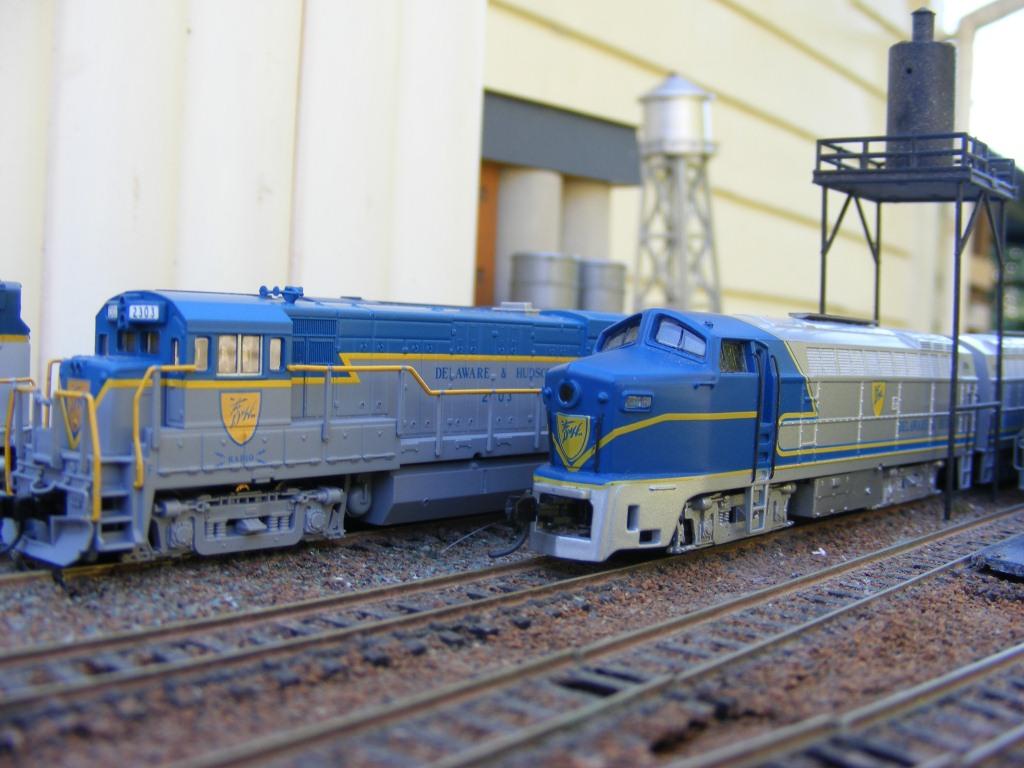
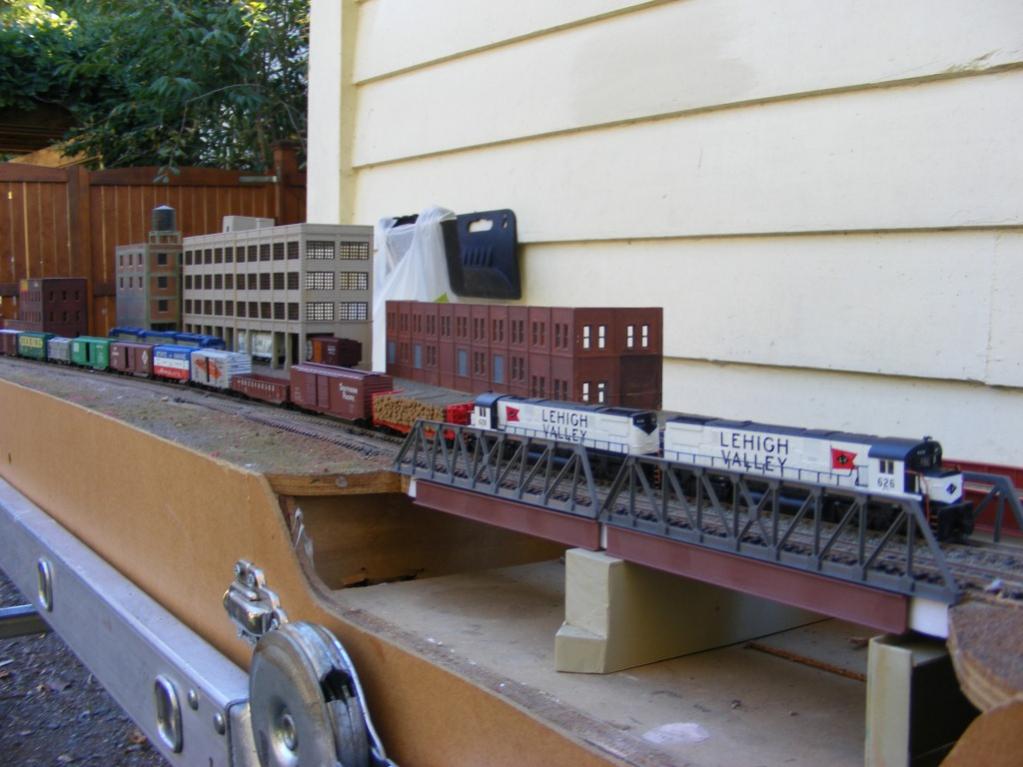
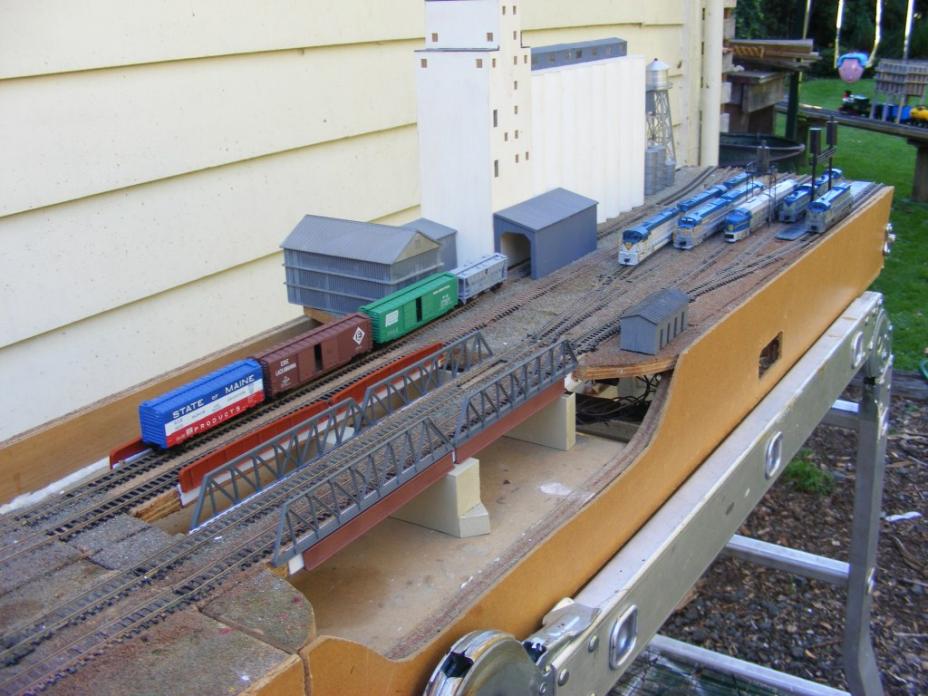
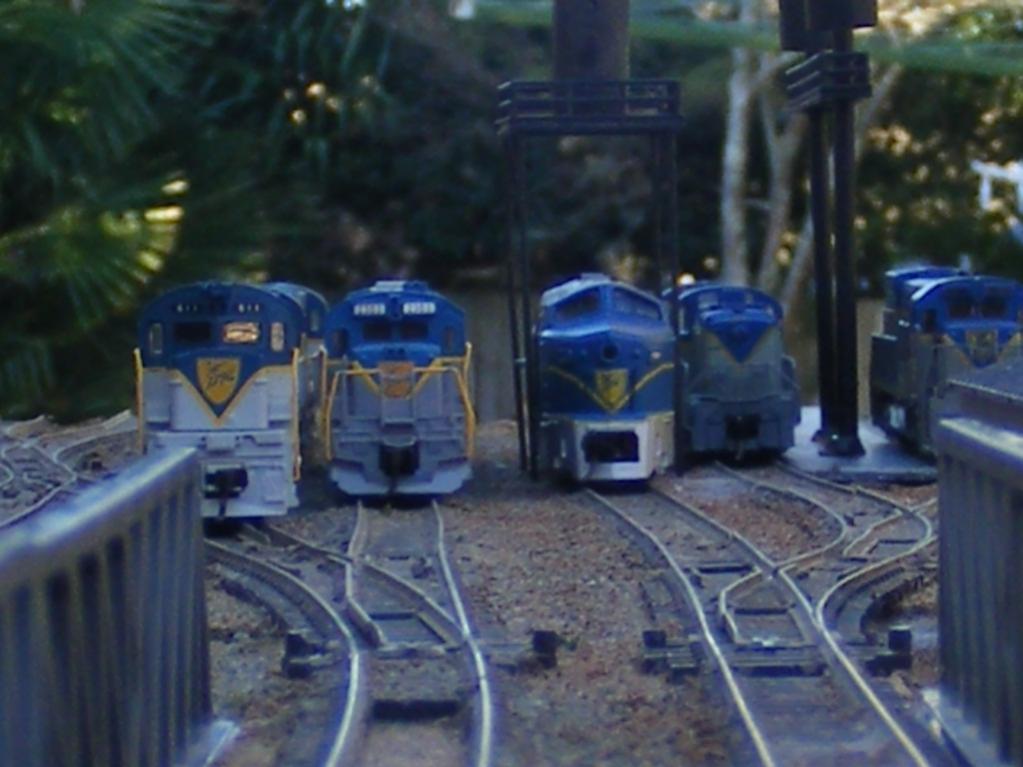
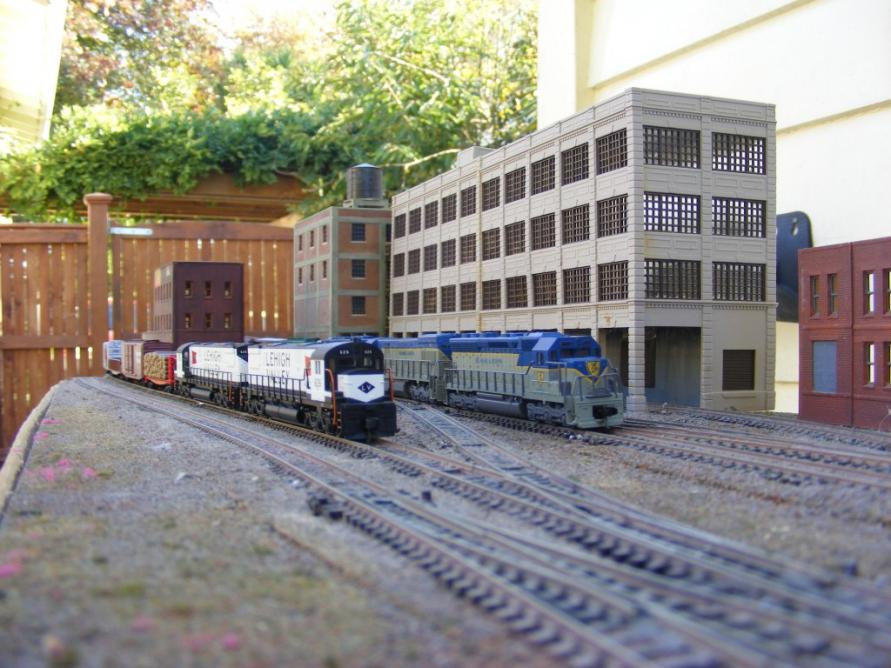
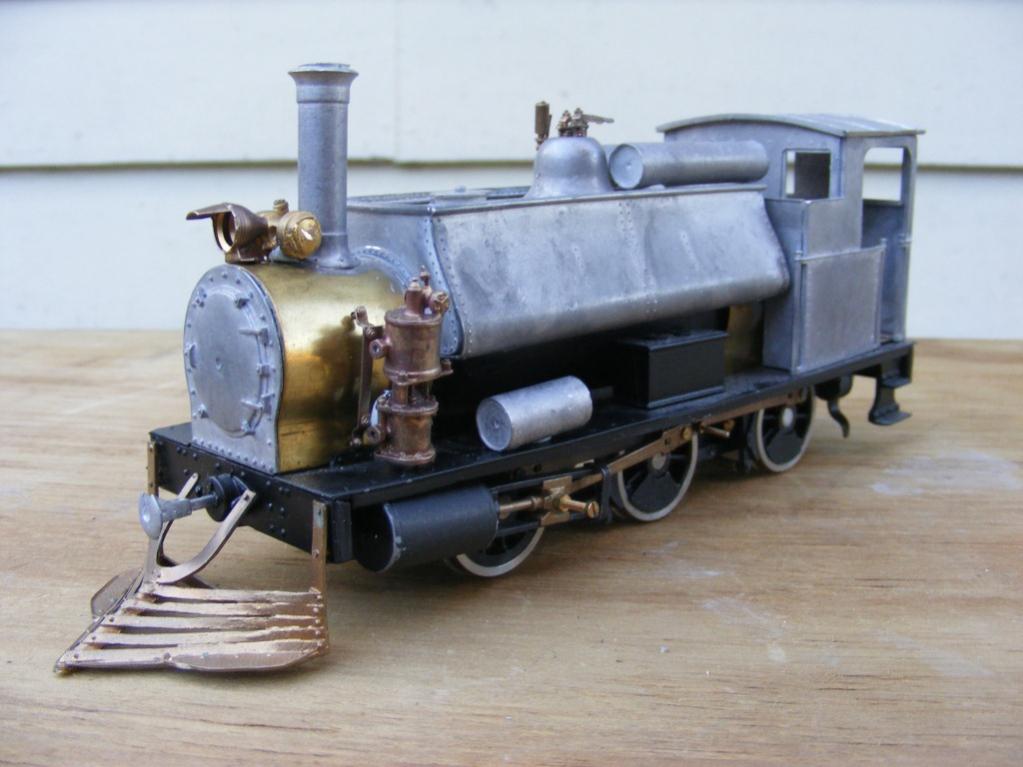
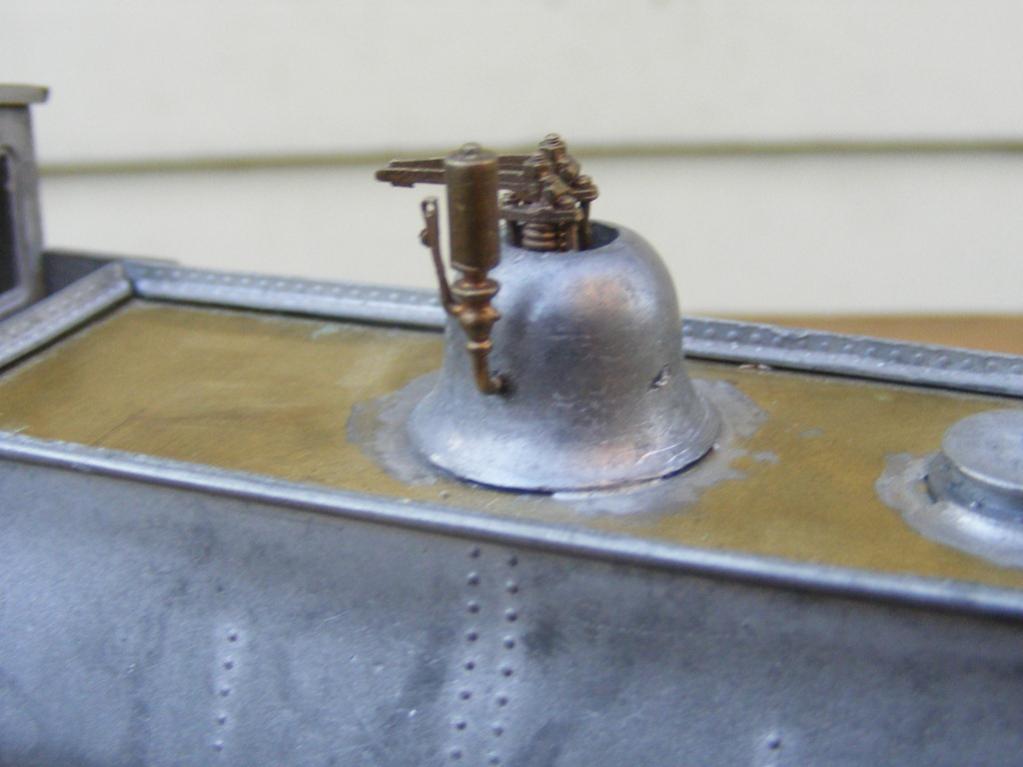
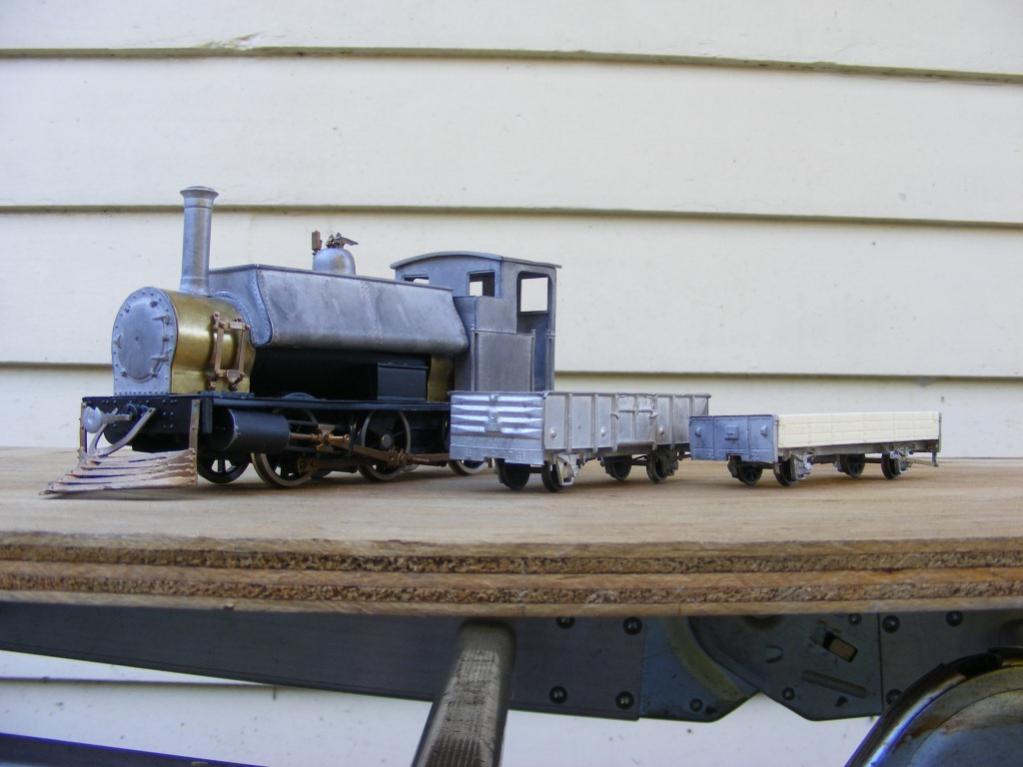
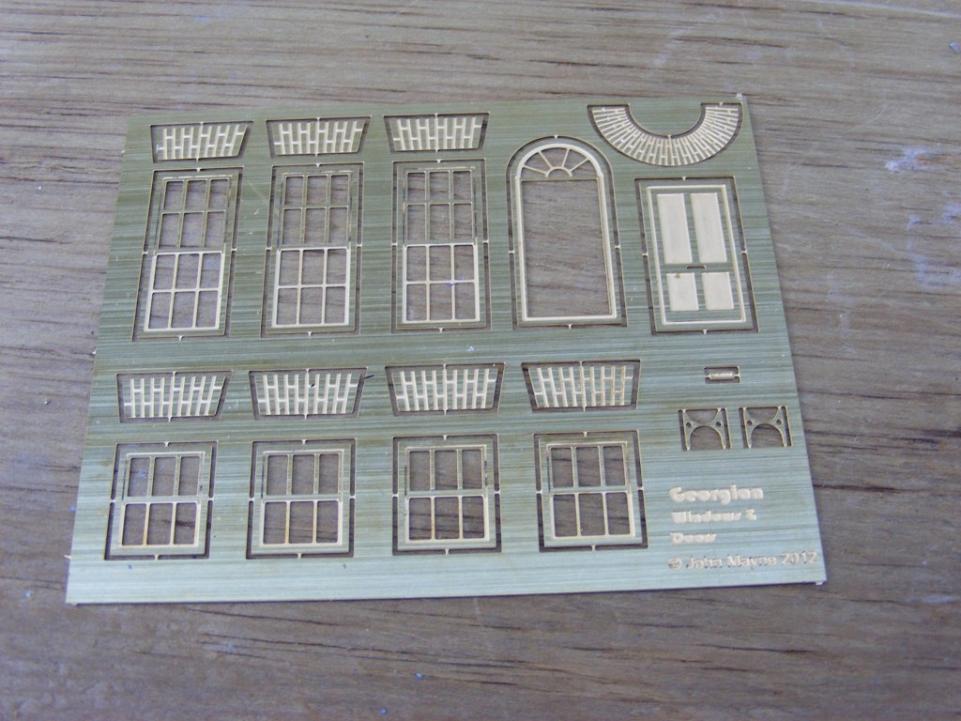
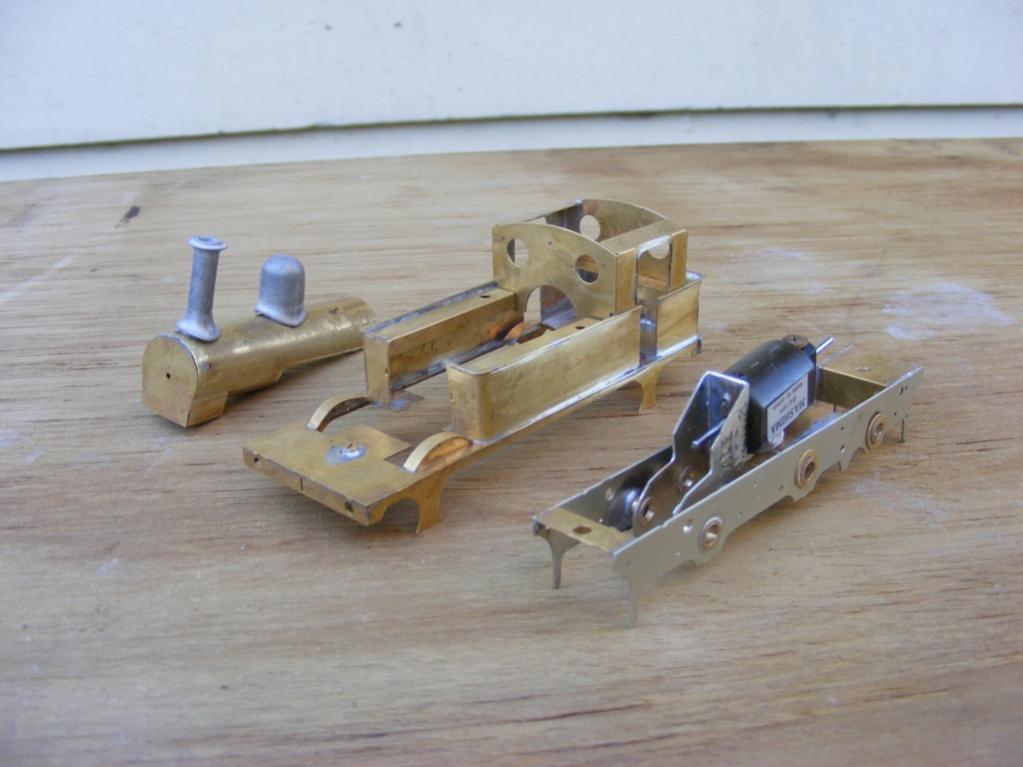

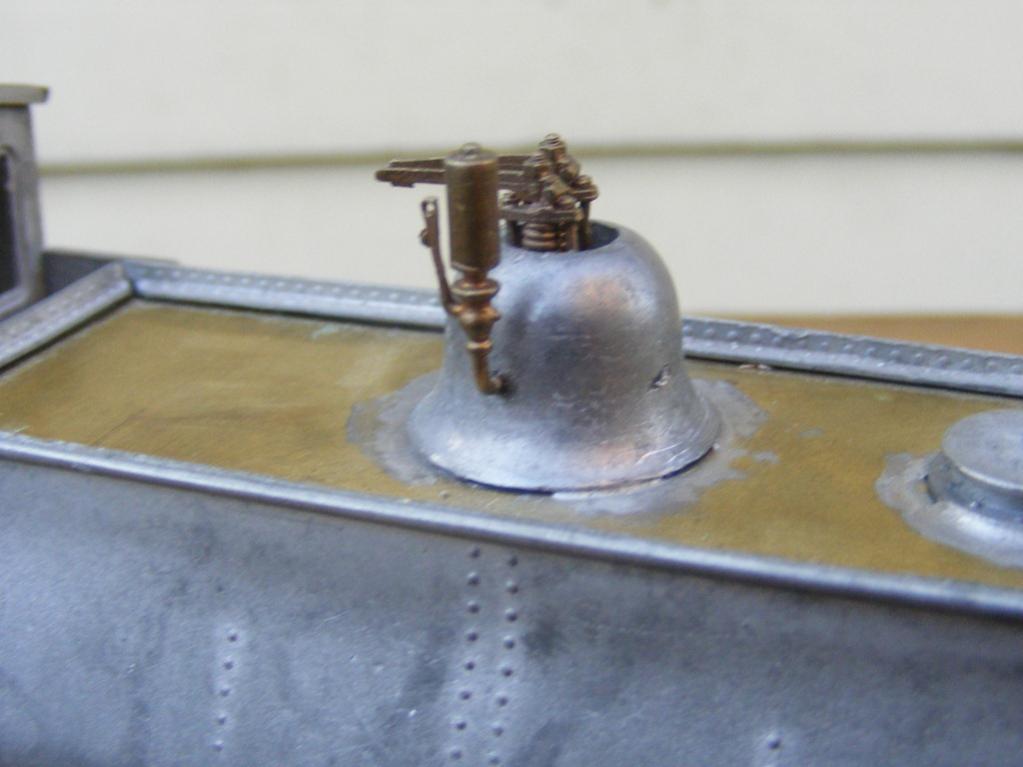
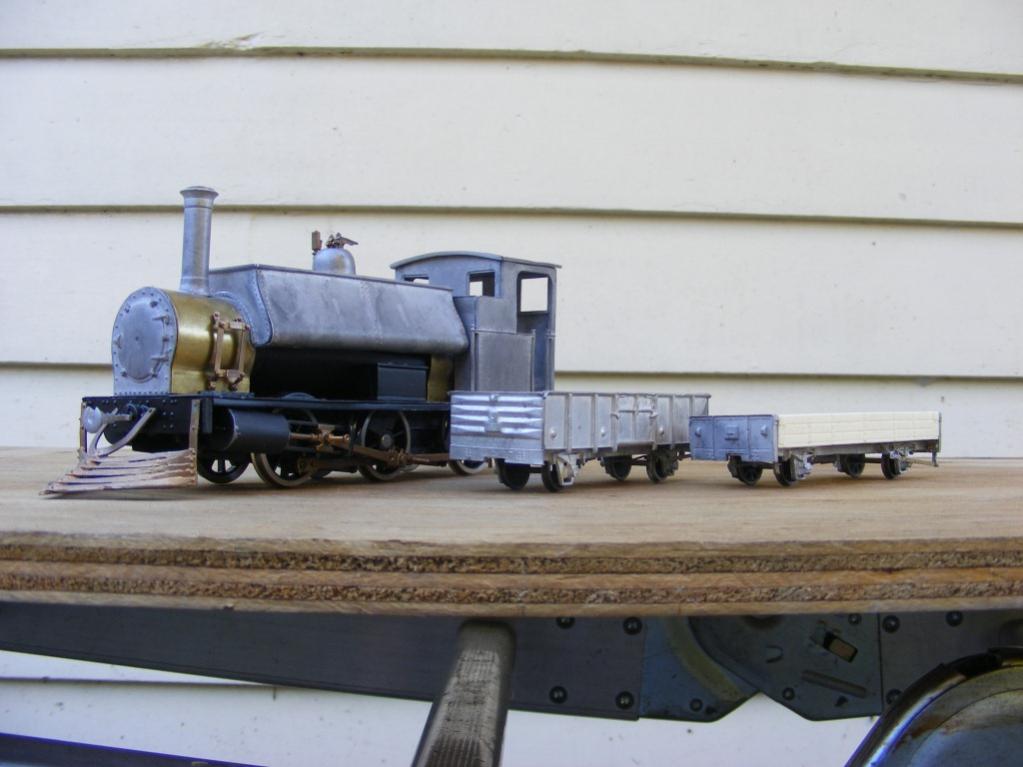
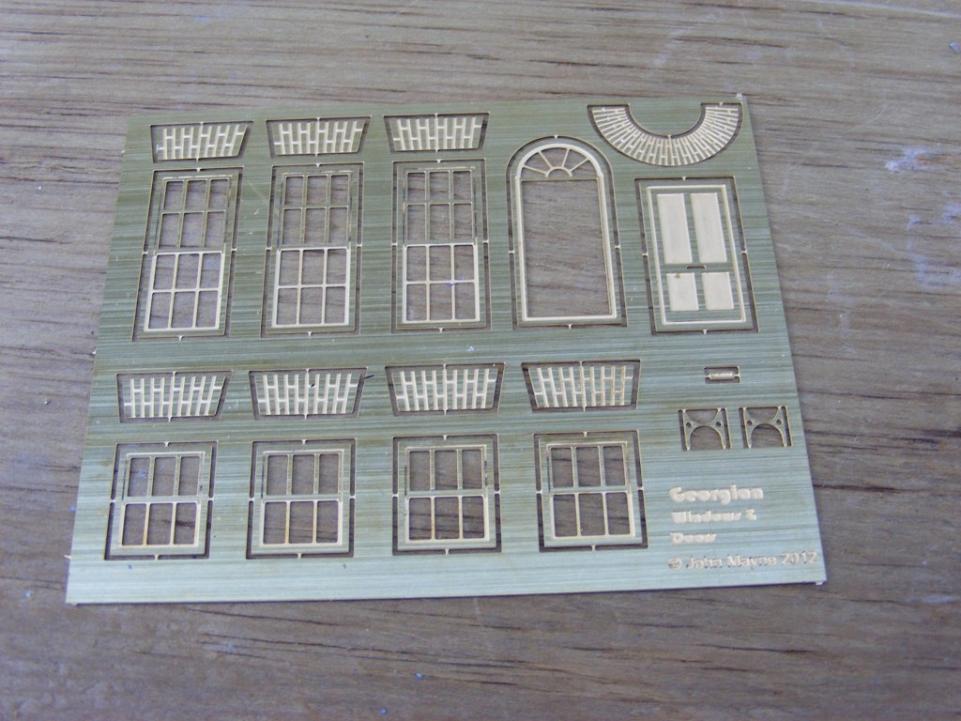
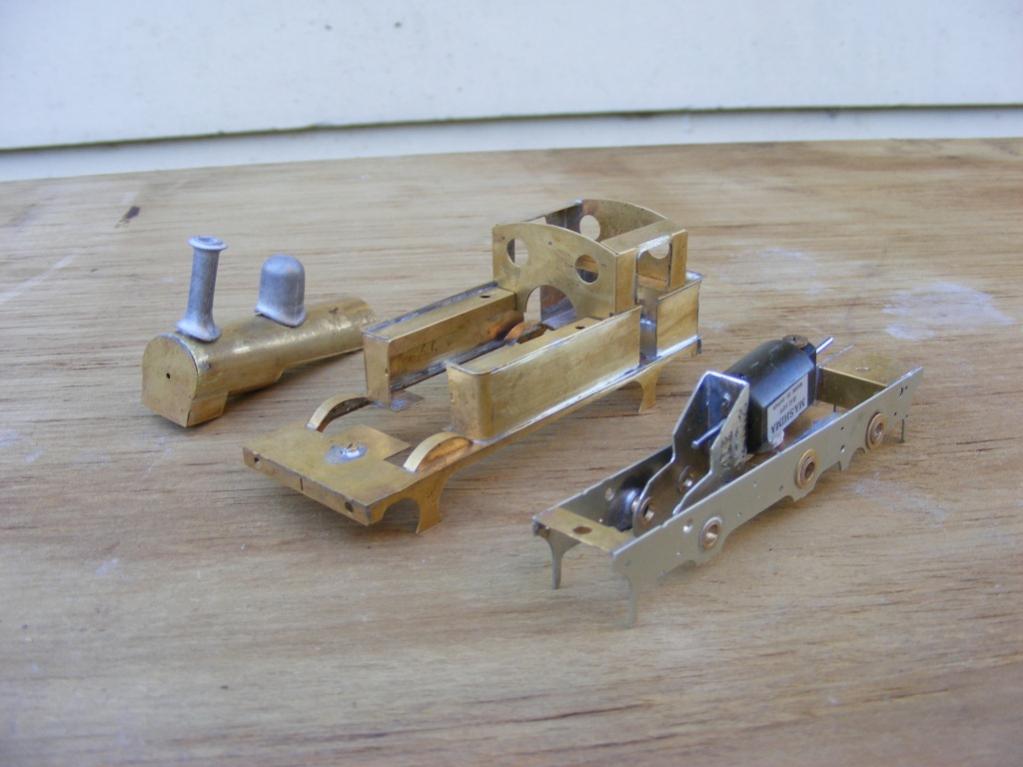
Portarlington 1996
in General Chat
Posted
I think the loop was removed with the first stage of the Cork Line CTC between Inchacore and Ballybrophy around 1975/76.
Around tha time Tullamore and Portarlington were served by a morning trip working from Athlone, a 001 one or two H Vans and Brake always seemed to be waiting in the Up CTC loop waiting a path as the early morning Cork Line and West of Ireland passenger trains passed.
With most intermedite stations closed the overnight Galway line loose coupled goods were altered only to call at Mullingar and Athlone with Ballinasloe and Roscommon served for a short time by day time trip workings from Athlone.
During this era I remember seeing a a 141 waiting at Ballinasloe with a short train made up of H Vans, Keg Flats and Back to Back fertiliser wagons and brake van.
John